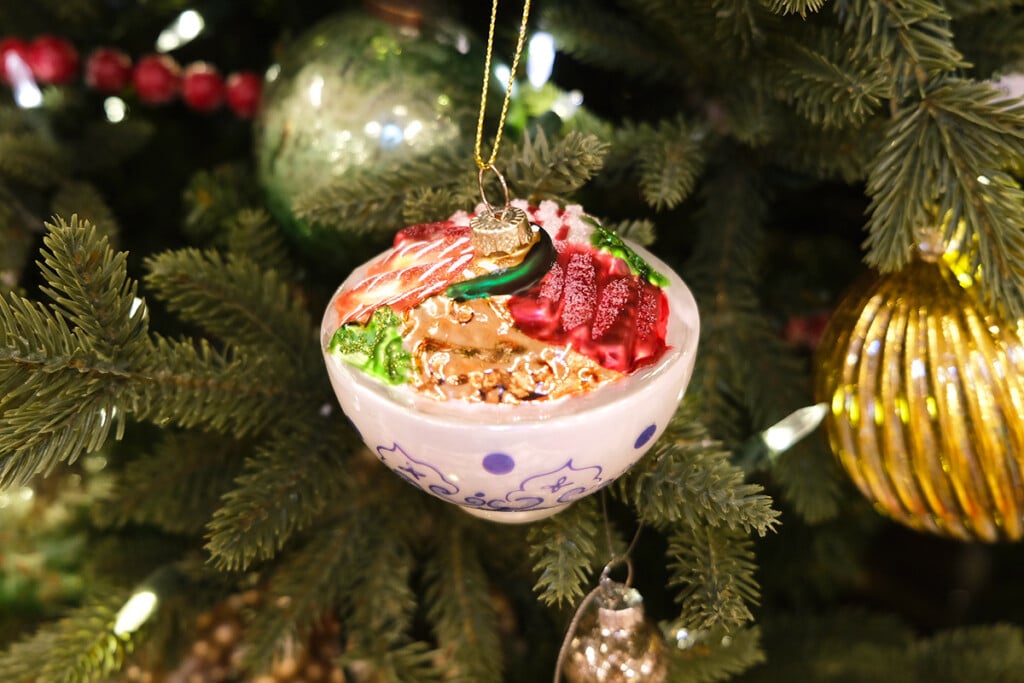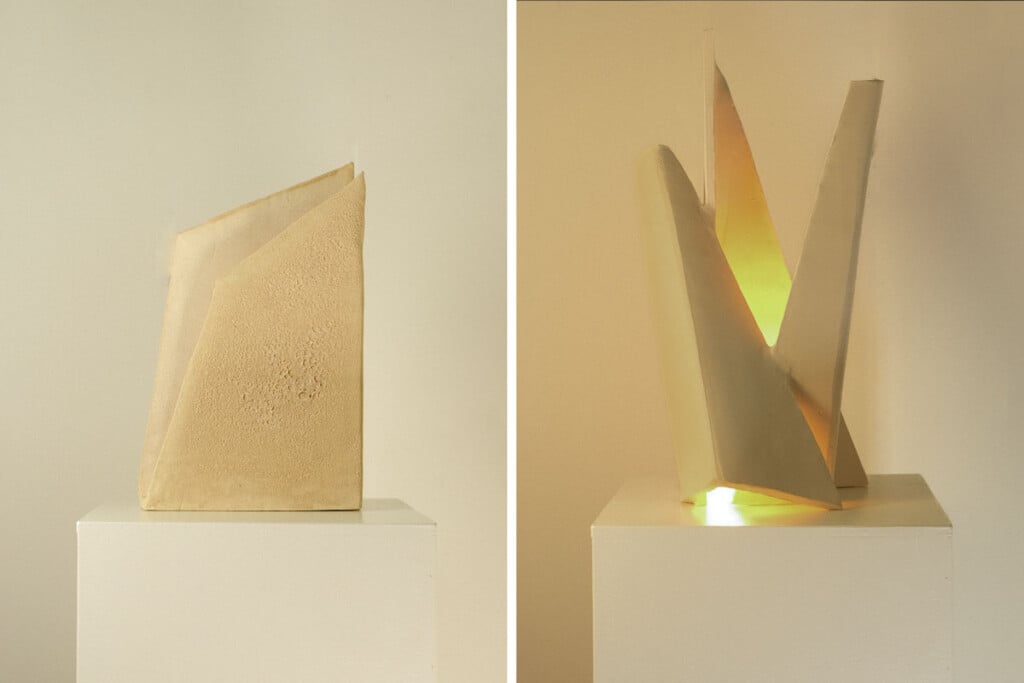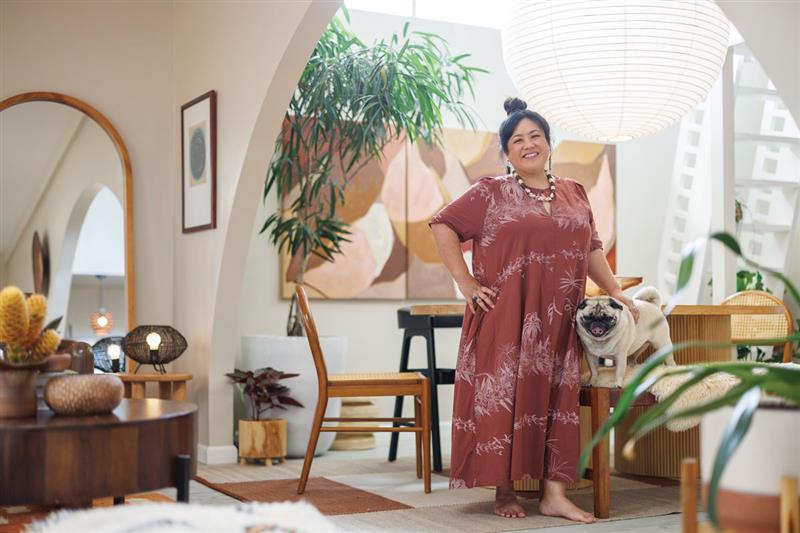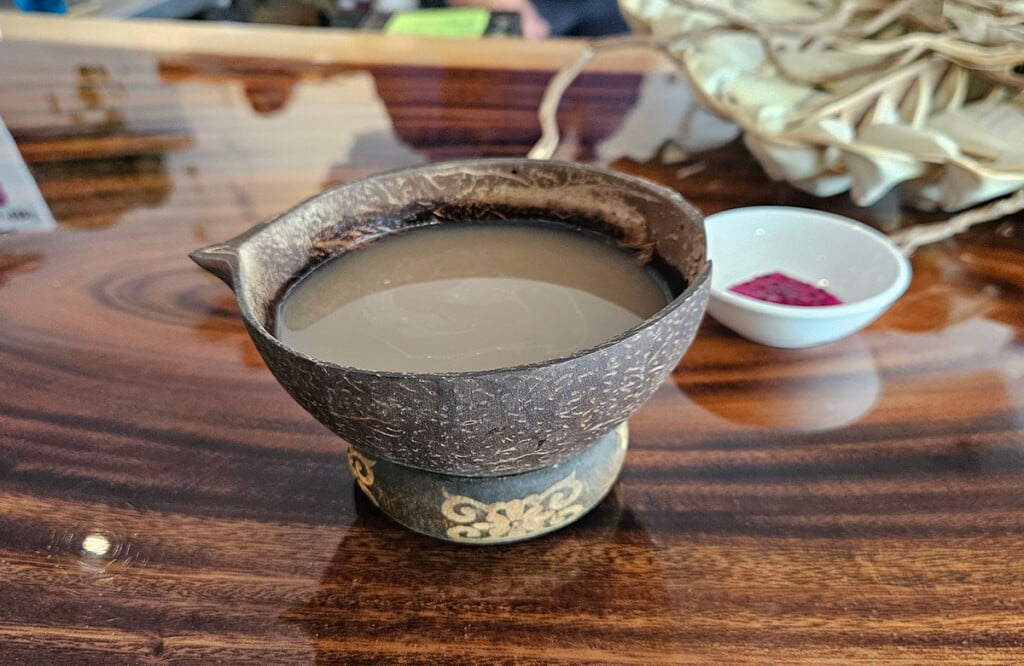O‘ahu’s Great Neighborhoods: Kāne‘ohe
A Windward neighborhood with Hawaiian culture, longtime residents and scrappy small businesses.
O‘ahu’s Great Neighborhoods
Kaimukī | Mililani | Kāne‘ohe | Kaka‘ako | Lē‘ahi | Kapolei/Makakilo | Hawai‘i Kai
O‘ahu is full of notable neighborhoods, each with its own character. Some are havens for urban singles and couples, others for young and growing families. Hot spots for foodies, emerging local businesses, retro charm, outdoor activities, nightlife: Here are seven of our favorites.
The best view of Kāne‘ohe may well be from high above, the one that reminds Windward commuters of the mauka-to-makai beauty of their neighborhood each time they leave behind the hustle of Honolulu and head home.

Kāne‘ohe homes and town homes looking across the bay from He‘eia Kea State Park. Photo: Anthony Consillio
Driving through tunnels punched through the Ko‘olau Range offers that dramatic reveal whether you’re visiting for the first time or your family’s been here for seven generations, like cultural interpreter Mahealani Cypher’s. “What I love the most is the view of the pali when you come out of the tunnel into Windward Side. You can let your air out, you can just relax. You feel, you know, comforted by looking down at the bay as you’re coming down the pali,” she says.
Decades ago, this community fought to remain residential and resisted big developments, which means its population remains under 40,000. There are chain stores, but Cypher remembers the battle to keep out high-rises.
Here, buildings are limited to heights of six stories. That helps preserve the small-town atmosphere, which is supported by a diverse mix of hometown businesses selling everything from poke, musubi and crack seed to ube noodles and sushi. Fixing something at home? Choose between two locally owned hardware stores. Need an expert? You can find a kumu hula, fishing supplies, a furniture upholsterer and a vacuum repair shop, all off of Kahuhipa Street.
“The sidewalks are crammed with Hawaiian families, so they’re still here. To me, that is the power of Kāne‘ohe, the mana.”
— Mahealani Cypher
Folks still miss Kāne‘ohe Bakery, which closed in 2021 after 70 years, and its well-loved custard pies, but residents remain upbeat about many enduring family-owned businesses. Even Windward Mall has evolved, with a mix of tenants that includes medical offices, movie theaters as well as local shops. Owned by Kamehameha Schools, the mall has often struggled with its own identity. Target moved in this year after the closing of the Sears and Macy’s stores.
Cypher looks out across Kāne‘ohe and sees many layers. It’s a place rich in Hawaiian history, she says, and blessed by natural resources and families that have made the community home since the early 1900s. And it’s “not just Hawaiian, but Okinawan, Filipino, all different races.”
Population as of 2020 census: 37,430 More than two-thirds of homes are owner-occupied. Median age: 44Source: Honolulu Department of Planning and Permitting
She notes that the community has helped revitalize fishponds and maintain farms and streams that gave the area its reputation as ‘āina momona, a rich agricultural land since before the time of King Kamehameha I. And she’s especially proud to have helped return the historic name of Naoneala‘a a Kāne‘ohe to what had been called Kāne‘ohe Beach Park. This marks the site where the chiefs of all the islands gathered in January 1737 to make peace after years of war. And we know that because of the work of the Ko‘olaupoko Hawaiian Civic Club funded by the National Geographic Society and the Awesome Foundation.

Photo: Anthony Consillio
At 77, Cypher has earned a reputation as a strong independent voice. She worries when she hears that many longtime Hawaiian residents now rent rather than own their own homes “because when you lose the land, you also lose the opportunity for generations to live in the same place,” she says.
But she’s encouraged when she sees generations of families line Kamehameha Highway for the popular annual Christmas Parade (Dec. 2 this year). “The sidewalks are crammed with Hawaiian families, so they’re still here. To me, that is the power of Kāne‘ohe, the mana,” she says.











